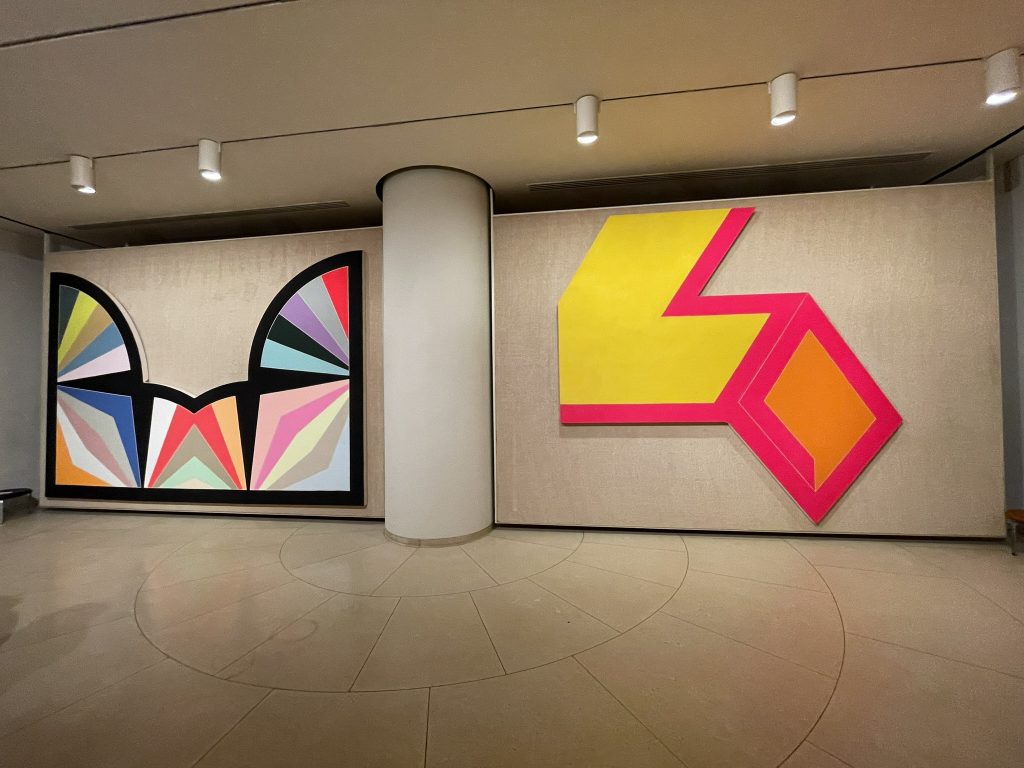I have been wanting to go to the Glass House in New Canaan, Conn., for years. Why, yes, I did live in Connecticut for nearly two decades and never managed to get there, though Doug somehow sneaked across the state one weekday while were were still Connecticut residents.
But, on a jam-packed solo trip back to Connecticut, I did finally
The house was designed by famed architect Philip Johnson (1906-2005), and has been called his “signature work.” It was built in 1948-49, and it truly has walls of glass on all four sides. Just one center room – the bathroom, naturally – is enclosed. Fortunately, the house sits well back on the property, so it’d take some trespassing to see what was happening inside.
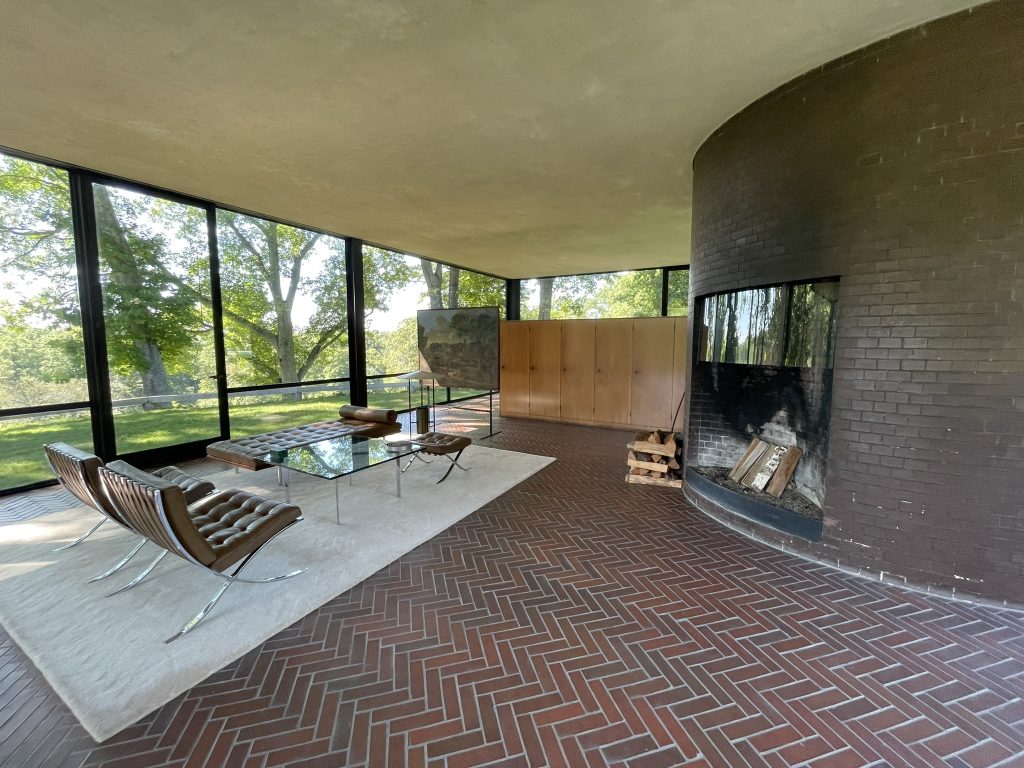
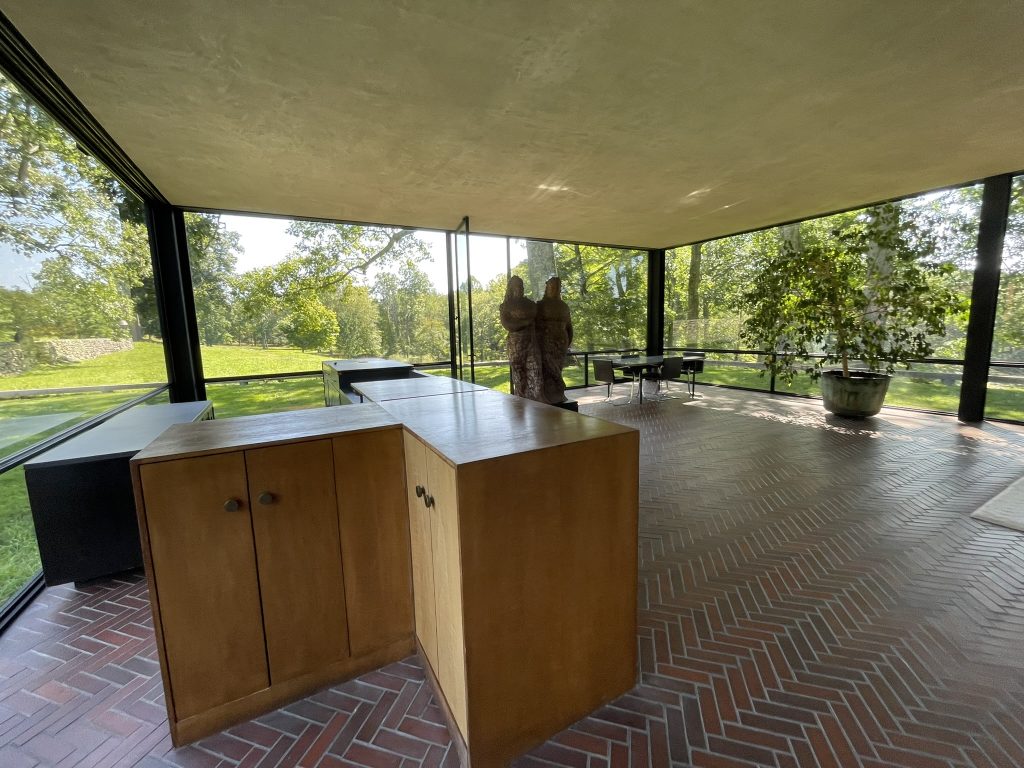
The house is just 55 x 33 feet, but the open floor plan includes a kitchen, dining and seating area, a sleeping area, and space for just milling around (it was used extensively for entertaining). An open floor plan may be common today, but it was highly unusual at the time it was built. The landscape outside is its “wallpaper.” The home sits on 47 acres.
Johnson used the home as a weekend retreat for nearly six decades, much of it with his long-time partner David Whitney, who helped design the landscaping and collected much of the art on display.
Also on site is the “Brick House,” which was built 1949-50 and served as a guest house and was designed to complement the Glass House; a Painting Gallery (1965); a Sculpture Gallery (1970); a Pavilion on the pond (1962); and several other structures.
The tours are limited in size and scheduling, not cheap, and a bit of an effort. They start off-site and require a shuttle over, so it takes up a few hours. I opted for an extended tour, so got to see several the house, landscape, and other buildings on site in depth.
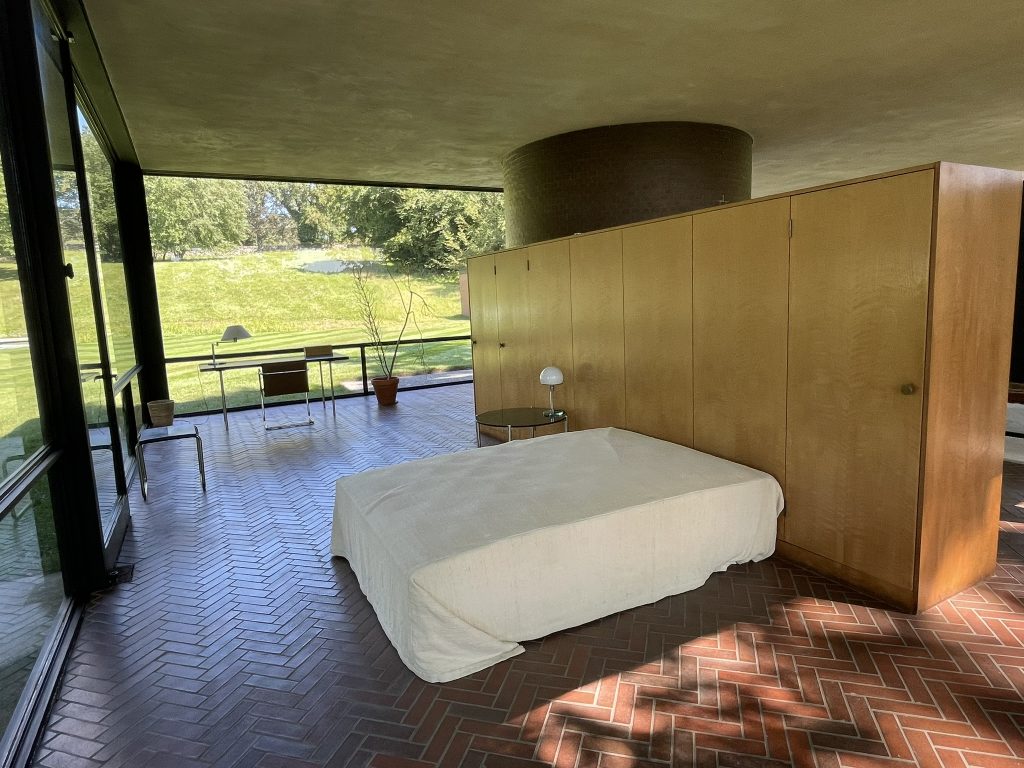
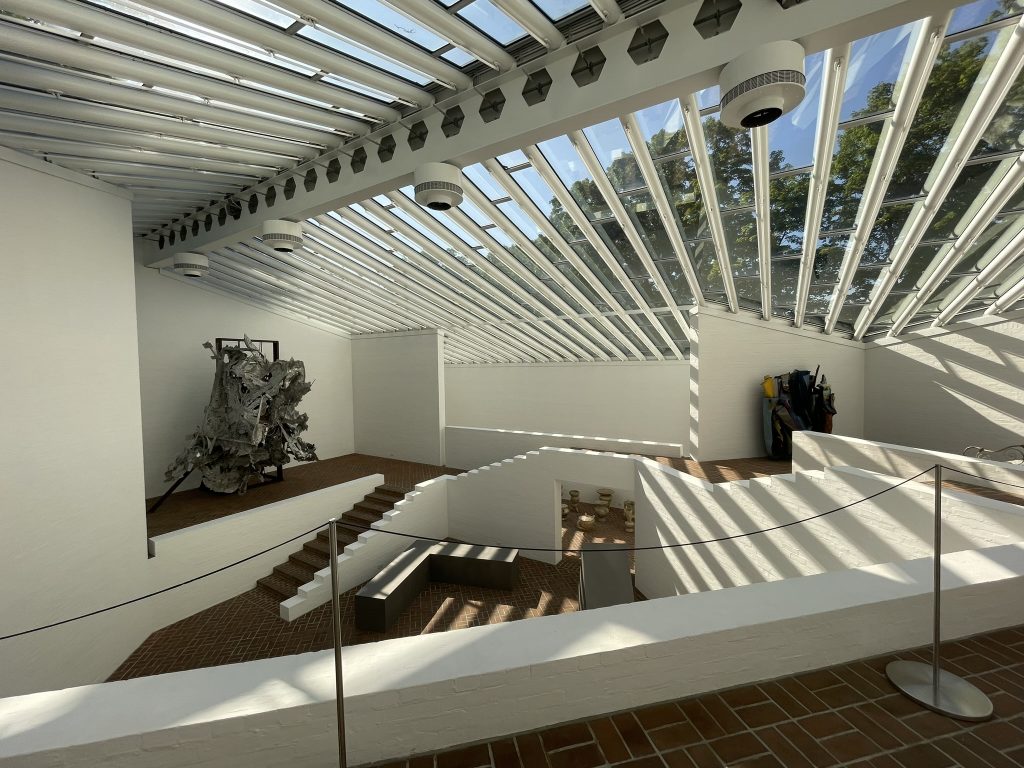
My enjoyment of the experience was somewhat dimmed by my reading afterwards, which highlighted some negatives about Phillip not even remotely alluded to on the tour. Per Wikipedia, “During the 1930s, Johnson became an ardent admirer of Adolf Hitler, openly praised the Nazi Party, and espoused antisemitic views.” Though he would years later refer to these activities as “the stupidest thing I ever did [which] I never can atone for”, in 2020 Harvard dropped his name from the building he designed due to his “widely documented white supremacist views and activities.”
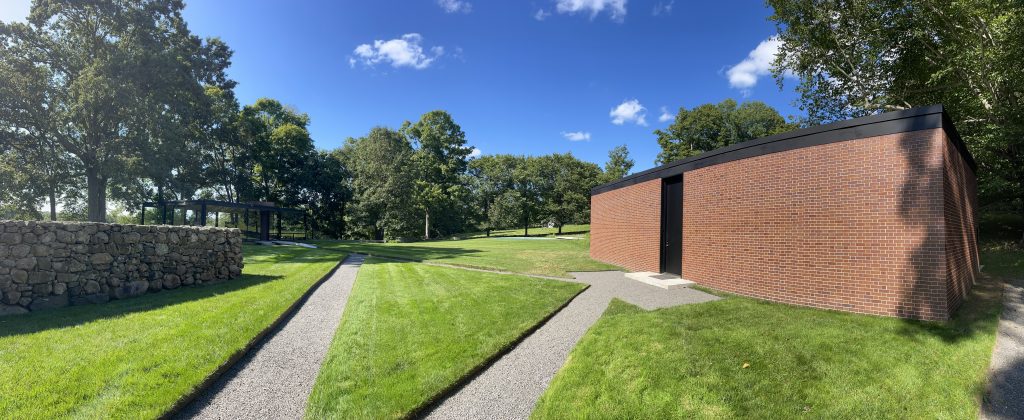
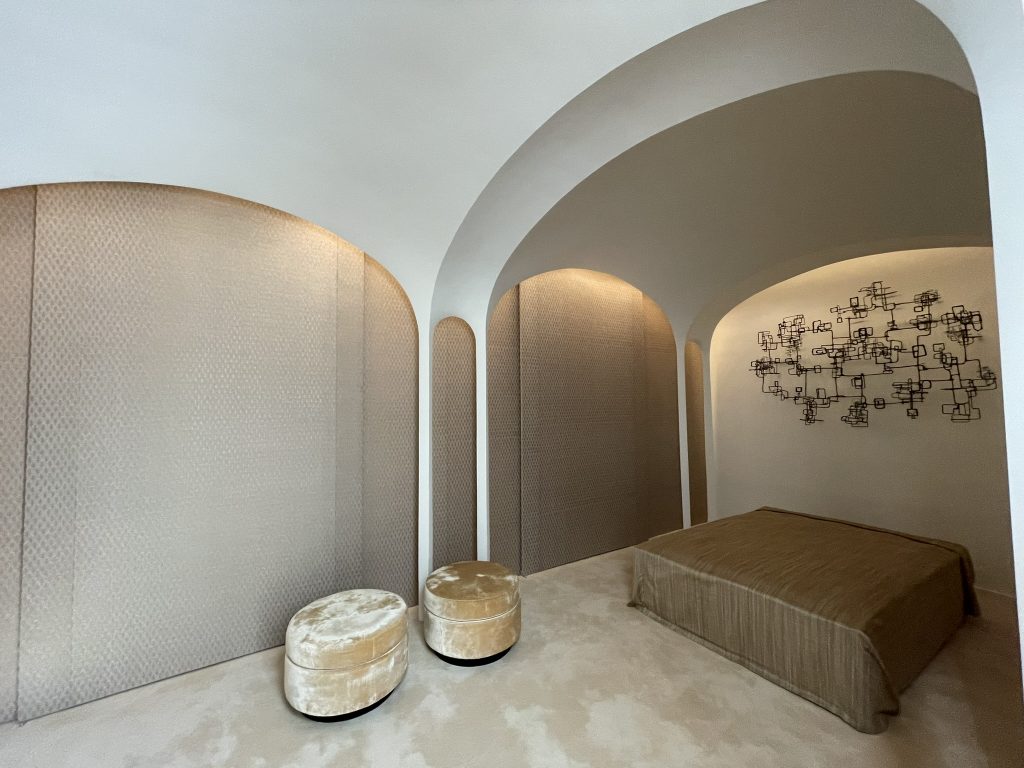
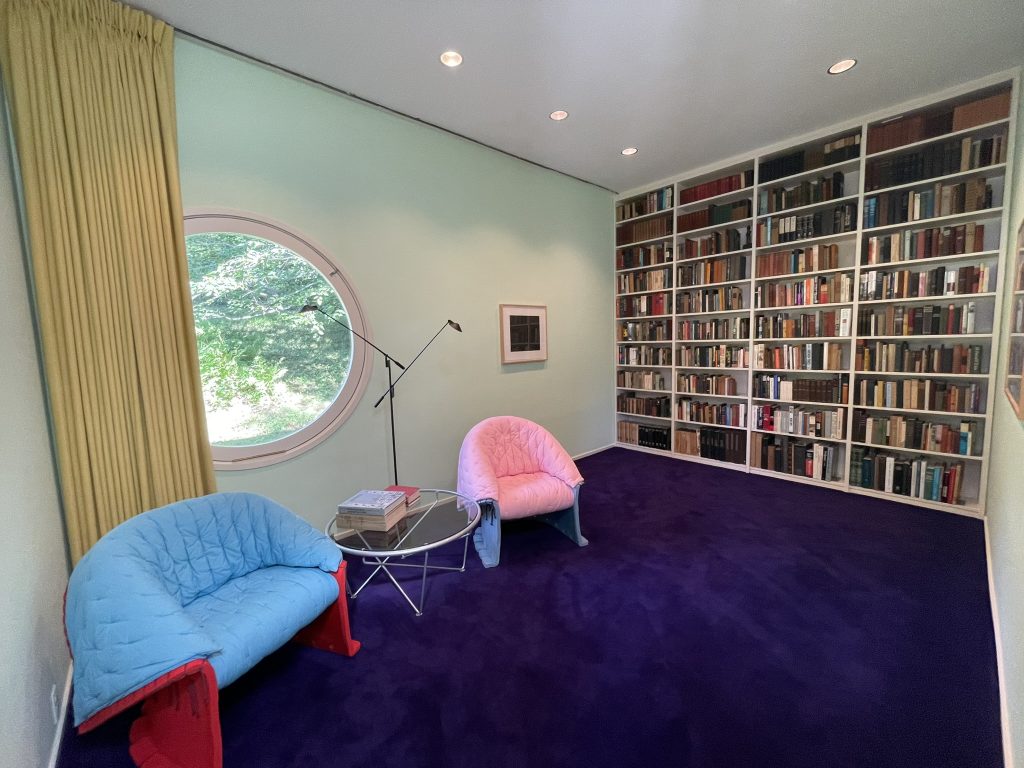

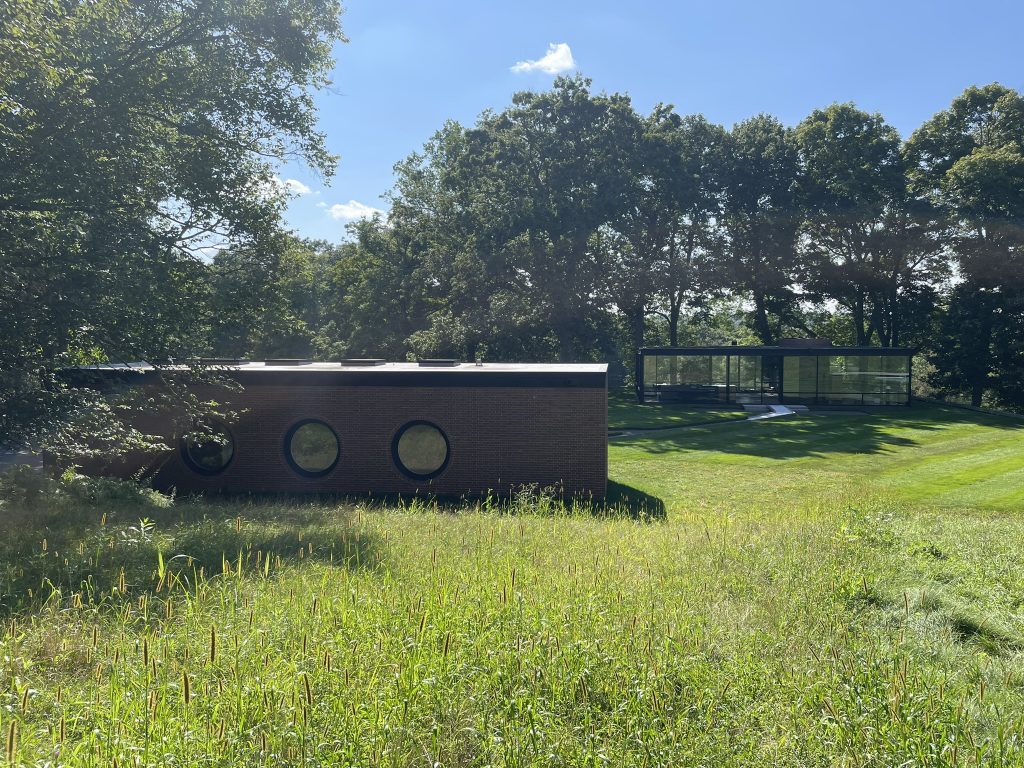

The Glass House is “the only house in the world where you can watch the sun set and the moon rise at the same time. And the snow. It’s amazing when you’re surrounded at night with the falling snow. It’s lighted, which makes it look as though you’re rising on a celestial elevator.”
-Design critic Alice Rawsthorn

